
Tales of Xillia 2: A Deep Dive into the JRPG Sequel
Contents
Tales of Xillia 2 arrives as the fourteenth main entry in the esteemed Tales of series, a JRPG franchise rivaled only by giants like Final Fantasy and Dragon Quest. Following the success of its predecessor, Tales of Xillia, this sequel carries the weight of high expectations. Does it live up to the legacy, or does it falter under pressure? This review explores the game’s strengths and weaknesses, offering a comprehensive look at the world of Xillia one year after the original game’s dramatic conclusion.
 Returning Characters in Tales of Xillia 2
Returning Characters in Tales of Xillia 2
Returning Faces and New Adventures
Set a year after the events of Tales of Xillia, the sequel welcomes back familiar faces like Jude, Millia, and Elize, allowing players to witness the aftermath of their previous adventures. While the reunion with these beloved characters is a significant draw, the narrative focuses on the new protagonists, Ludger Will Kresnik and Elle Mel Marta. Together with the returning cast, they uncover a dangerous link between parallel worlds that threatens their own.
The narrative, however, occasionally suffers from linearity and a lack of clarity. Some plot points feel underdeveloped, leaving the player yearning for a more cohesive and engaging storyline. Fortunately, the character development shines through the narrative’s shortcomings. Dialogue is concise yet expressive, effectively conveying each character’s unique personality. The familiar Tales of Skits return, providing further insight into the characters’ backstories and motivations. The voice acting enhances this character-driven approach, delivering both humor and emotional depth.
 Character Interactions in Tales of Xillia 2
Character Interactions in Tales of Xillia 2
Refined Combat and Elemental Mastery
Tales of Xillia 2 builds upon the fast-paced combat of its predecessor, retaining the AC/TP system and Linked Artes. However, several key refinements elevate the combat experience. Weapon affinity plays a crucial role, with different weapons proving more effective against certain enemy types. Swords excel against agile foes, guns against airborne enemies, and hammers against heavily armored opponents. Ludger’s unique ability to switch between these three weapon types on the fly adds a strategic layer to combat.
The Lilium Orb system from the first game is replaced by the Allium Orb system, reminiscent of the Title system in Tales of Graces. This new system allows players to customize their characters’ elemental strengths by collecting scattered orbs. Upon collecting enough orbs, players can choose from various skill packages, granting unique abilities and diversifying combat strategies. This simplified approach eliminates the complexity of the previous system, offering a more streamlined and accessible upgrade path.
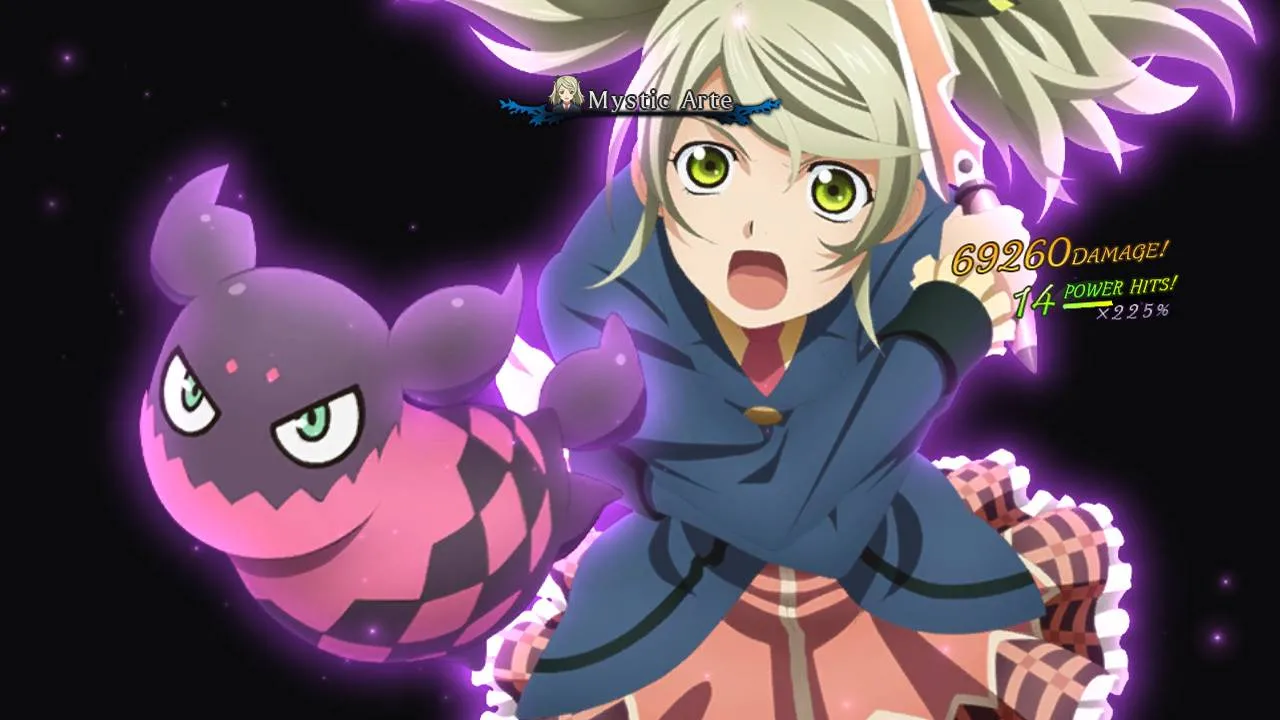 Combat in Tales of Xillia 2
Combat in Tales of Xillia 2
Balancing Issues and a Silent Protagonist
While Tales of Xillia 2 refines several aspects of its predecessor, it also introduces some frustrating elements. Ludger’s versatility in combat, particularly his ability to switch weapons and activate the powerful Chromatus transformation, renders other party members less essential. This imbalance diminishes the strategic value of team composition, as players are incentivized to focus solely on Ludger’s overwhelming power.
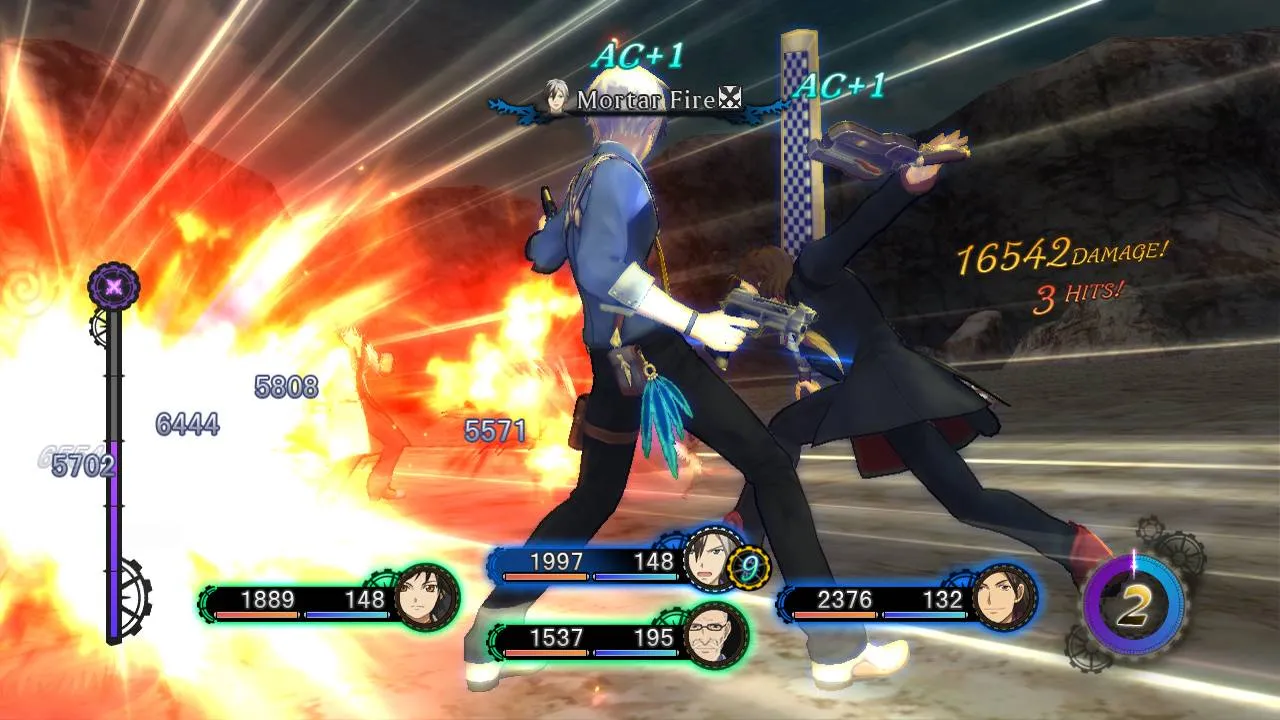 Combat Imbalance in Tales of Xillia 2
Combat Imbalance in Tales of Xillia 2
Another controversial design choice is Ludger’s silent protagonist role. While his non-verbal cues convey some emotion, his dialogue is limited to binary choices that lack voice acting during the initial playthrough. This silence feels jarring in a narrative-driven JRPG, especially when contrasted with the expressive dialogue of other characters. Strangely, these dialogue choices are fully voiced in New Game+, raising questions about their absence in the first playthrough. Furthermore, these choices have little impact on the overall narrative, serving primarily to influence character relationships and unlock optional cutscenes.
 Allium Orb System in Tales of Xillia 2
Allium Orb System in Tales of Xillia 2
The Burden of Debt and Recycled Content
Tales of Xillia 2 introduces a debt system that burdens Ludger with a massive 20 million Gald loan from the outset. While this mechanic encourages players to engage in side quests and explore the world for money-making opportunities, the constant reminders and mandatory debt payments disrupt the narrative flow and become increasingly tedious.
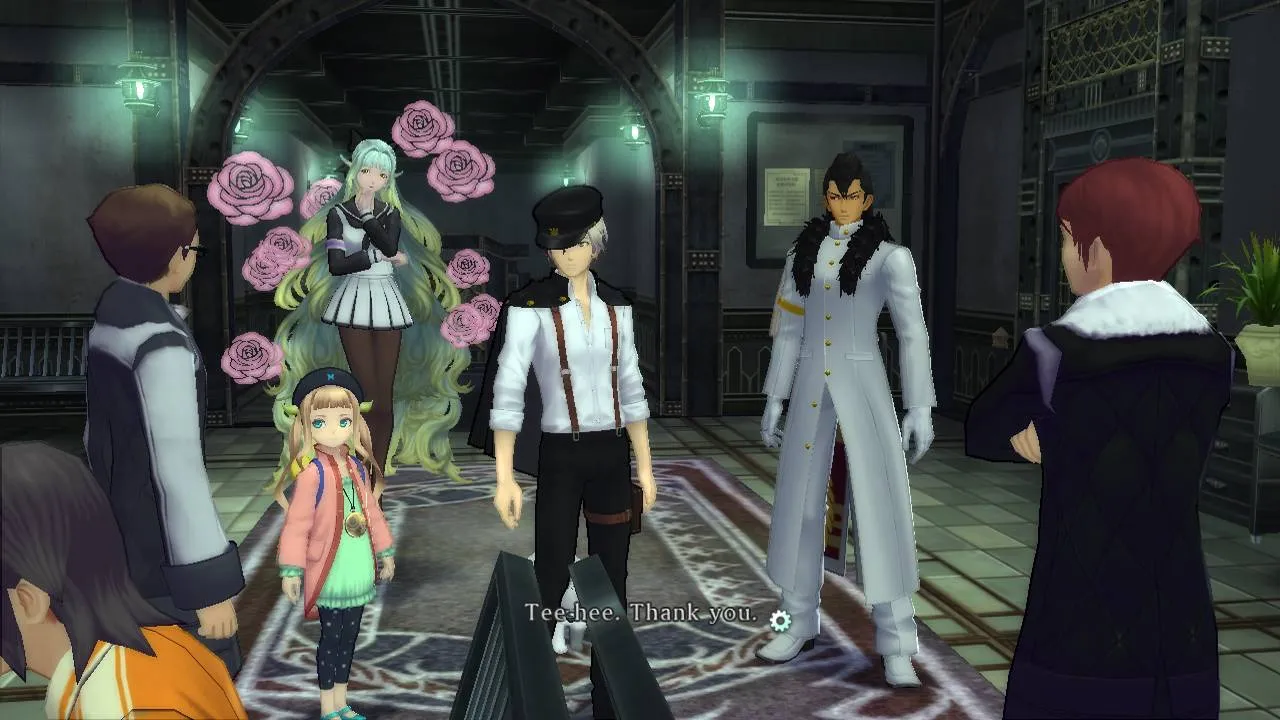 Character Progression in Tales of Xillia 2
Character Progression in Tales of Xillia 2
Finally, the game’s heavy reliance on recycled assets from its predecessor is a significant disappointment. Environments, enemy models, and even boss encounters are often lifted directly from Tales of Xillia with minimal visual upgrades. This lack of originality diminishes the sense of exploration and makes the game feel more like an expansion pack than a true sequel.
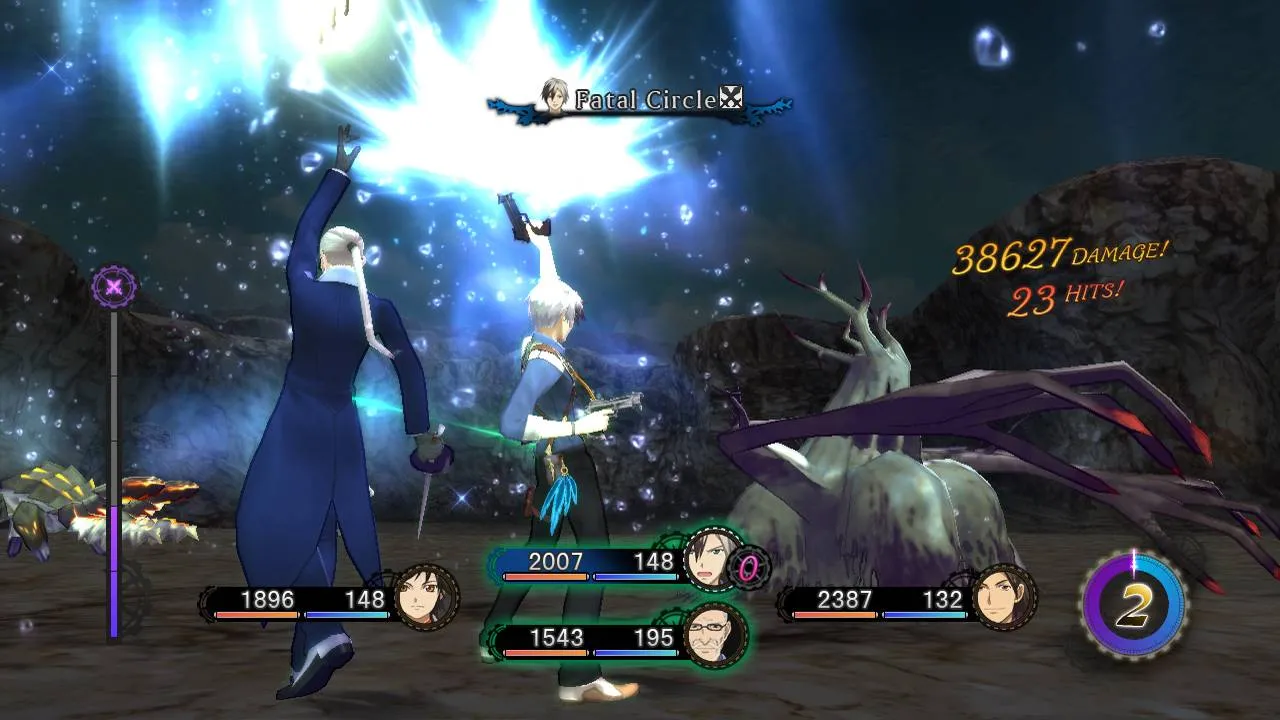 Chromatus Transformation in Tales of Xillia 2
Chromatus Transformation in Tales of Xillia 2
Conclusion: A Mixed Bag
Tales of Xillia 2 offers a compelling combat system and engaging character interactions, but its narrative shortcomings, unbalanced gameplay, and recycled content prevent it from reaching its full potential. While fans of the Tales of series may find enjoyment in revisiting familiar faces and exploring new narrative threads, the game ultimately feels like a missed opportunity to truly build upon the foundation laid by its predecessor. The debt system and Ludger’s silent protagonist role are particularly divisive elements that may detract from the overall experience. Despite its flaws, Tales of Xillia 2 offers glimpses of brilliance, but ultimately struggles to escape the shadow of its predecessor.
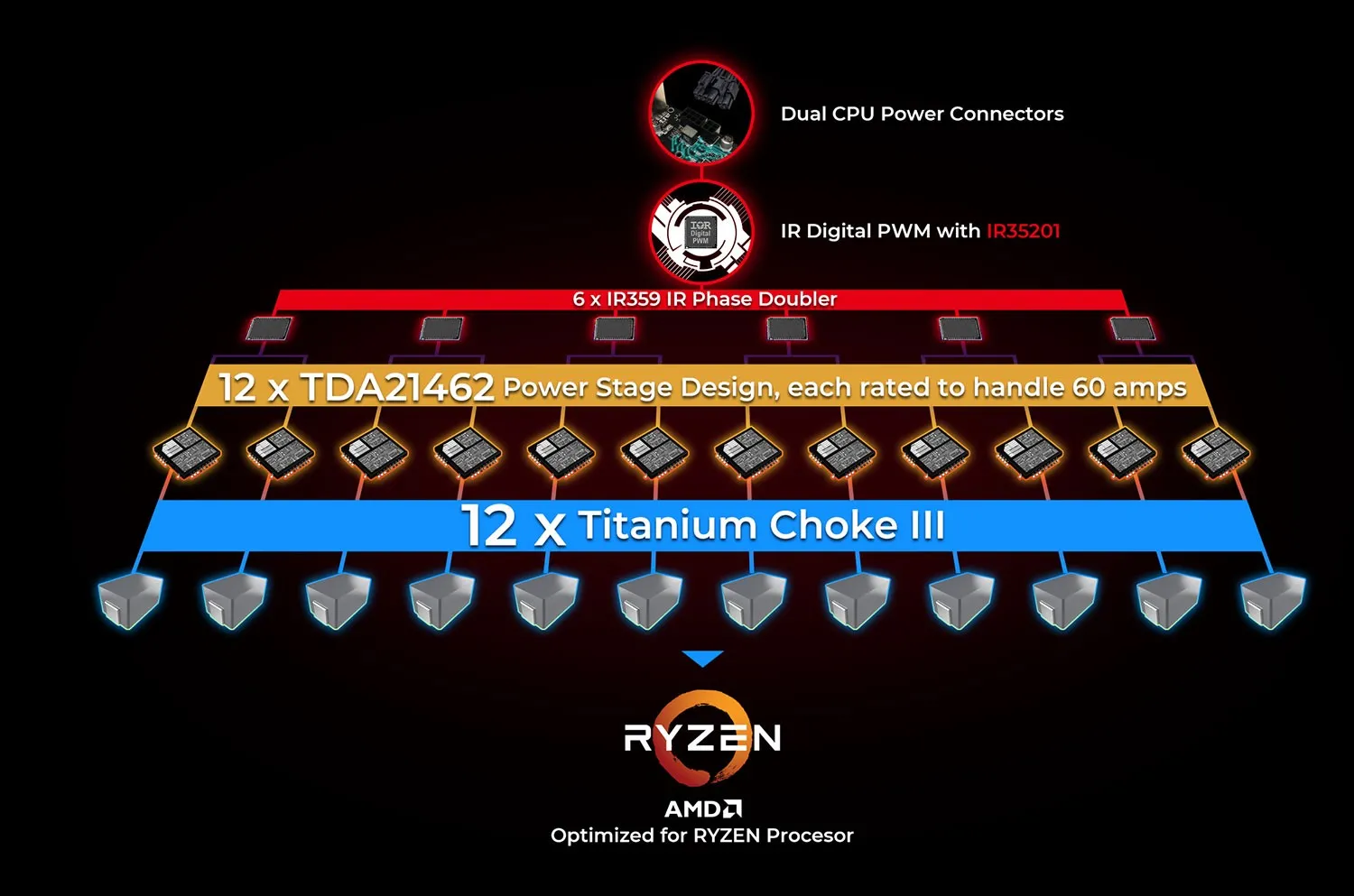
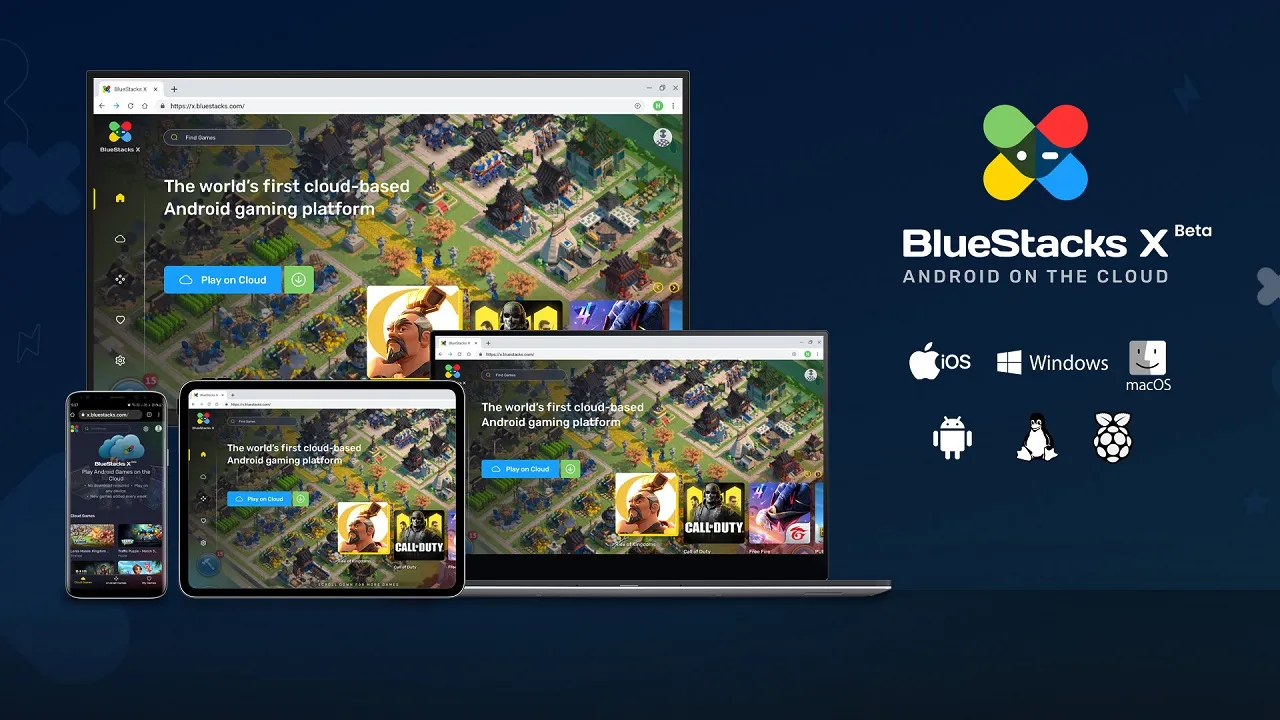

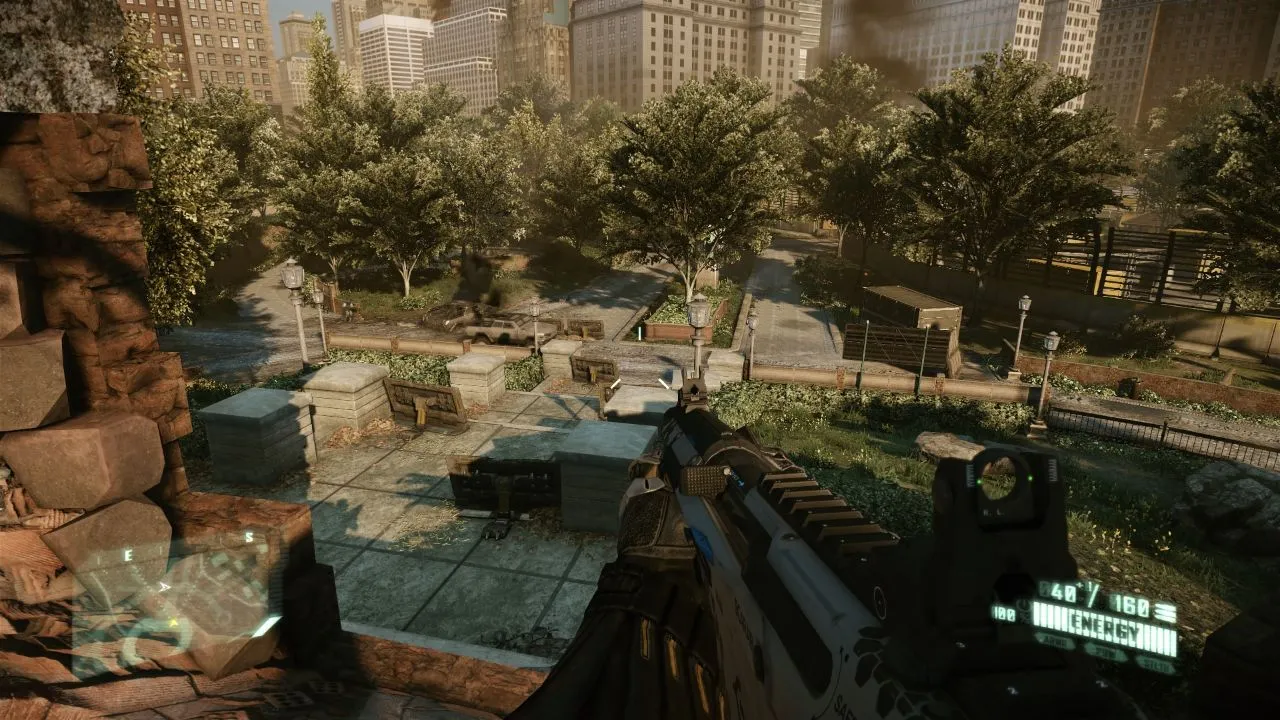

Comments (0)